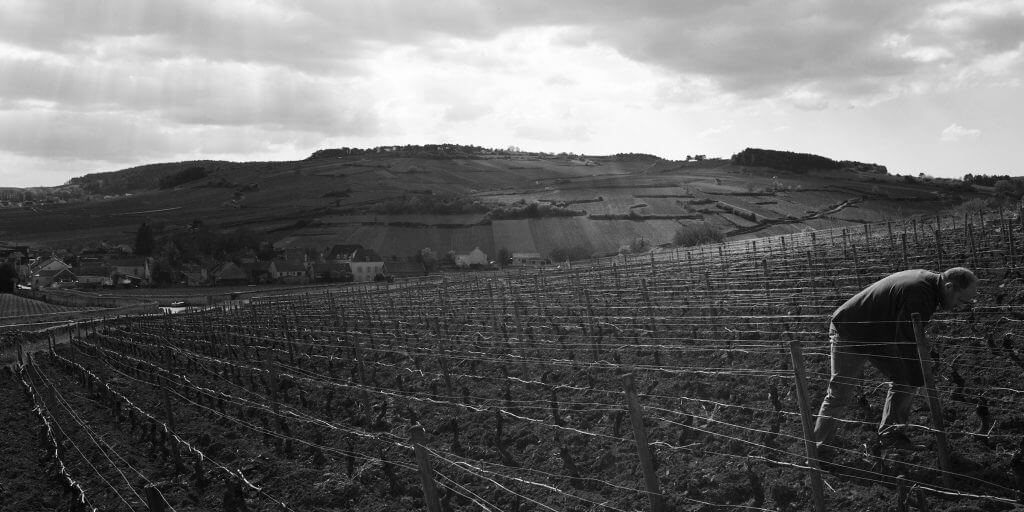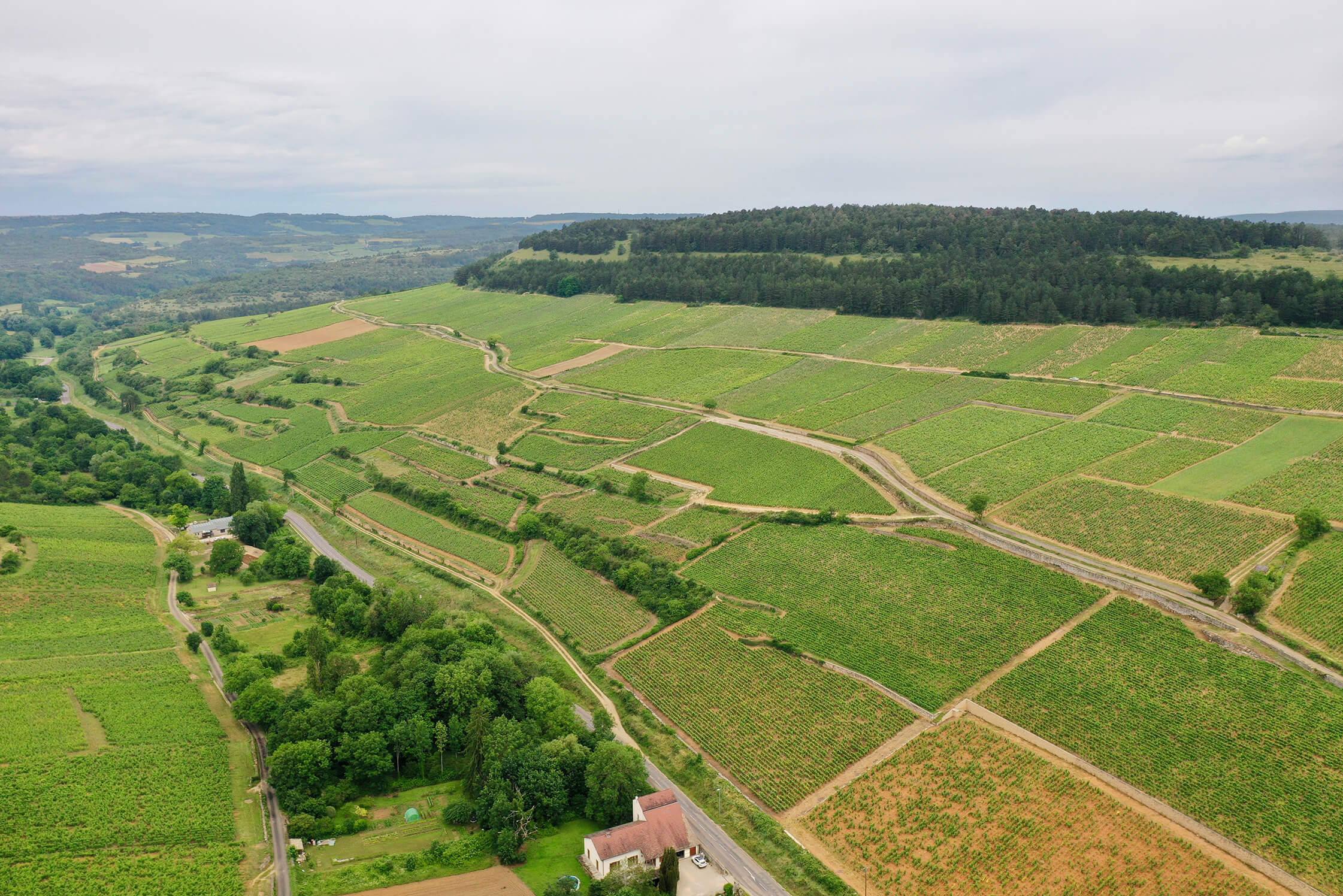
We have a lot of goodies arriving in the second half of November. First is Rodolphe Demougeot’s 2020 Côte de Beaune range. Demougeot’s quantity this year is extremely limited, as is the case with the rest of Burgundy. As we’ve professed many times, we love Rodolphe’s unadulterated style. His wines are precisely crafted and lifted with balanced delicateness and dense core strength. While some reds off the main face into more forest-dense zones—Auxey-Duresses, Monthélie—are a little reductive (sometimes the Beaune appellation wines further down the slope are too) at first, they fully blossom with enough time to reward those Burgundy specialists who understand that patience rewards, especially with more savory Pinot Noir like Demougeot’s. What percentage of truly great wines give it all up in the first ten minutes anyway? Others, like his Pommard, Pommard “Vignots,” and 1er Cru Charmots, are often ready to go relatively quickly, with the latter two showcasing brighter red notes typical of the northern side of the appellation, and the Pommard village wine with more earthy, slightly darker nuances. The whites? Well, let’s not talk about those until we get a year with some quantity to sell!
A new set of Riecine’s pure Sangiovese wines has arrived. Made entirely inside of the Chianti Classico DOCG area, all the vineyards are in the higher altitude (450-500m) of Gaiole, an area with a great range of vineyard altitudes, from 300 to 600 meters. Principally composed of limestone and clay, there are also some parcels with galestro soils (though not noted on their website). Most of the higher altitude areas of Gaiole are heavily forested, lending the wines gobs of savory nuances and freshness to balance out the sunny, red fruits. This new collection is a strong continuation of this cantina’s renaissance and a clear demonstration of this young team’s openness and capabilities with different cellar aging processes. On the docket: 2020 Chianti Classico, aged 14 months in 900l old wood casks, 2019 Chianti Classico Riserva, aged 24 months in large, old Grenier botte, and their two iconic “Rosso Toscana,” the 2019 Riecine di Riecine, aged 36 months in egg-shaped concrete vats, and 2018 La Gioia, aged 30 months in equal parts of new, first- and second-year wood, 900l barrels.
We also have reloads from Stéphane Rousset with the 2019 Crozes-Hermitage “Les Méjeans” and 2019 Saint-Joseph “Côte des Rivoires.” I have written extensively about these wines in our September 2022 Newsletter. Click (here) to read more about them.
La Casaccia, our hot new organic Monferrato producer creates wines far too good for their price. New arrivals include a reload of the finely etched 2021 Grignolino and the new release of their 2021 Freisa. These wines are special and so is the family. You can go deeper on our website (here) with much greater detail along with a geologic snapshot of the area.
We are also hopeful that four new Champagnes from our new organic-certified producer from Montagne de Reims, Pascal Mazet, will arrive in time for the holidays. Fingers crossed! This is a fabulous addition to our collection and I’m extremely excited to represent this wonderful family and their collection in the US market. More on them next month!
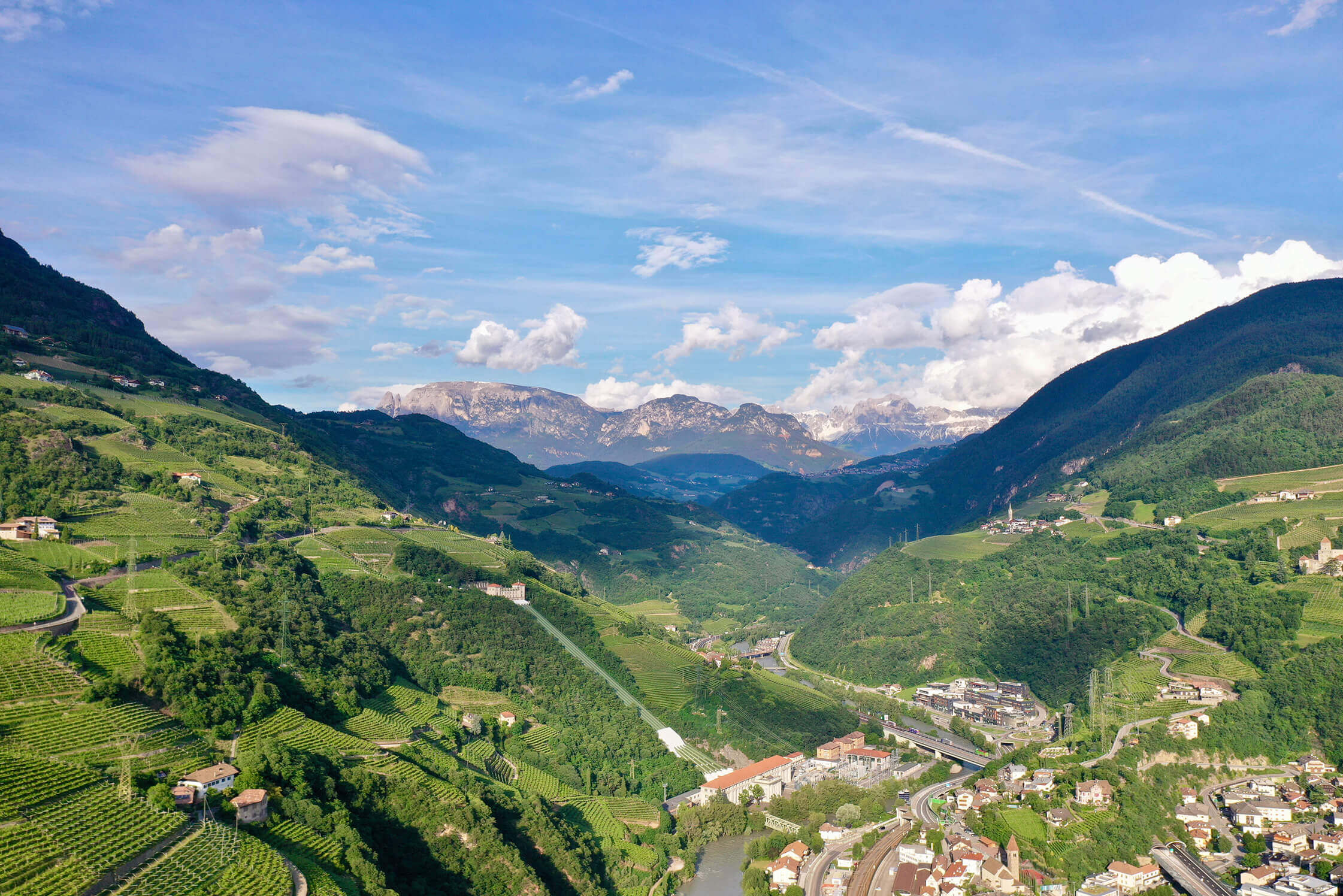
Our second, highly anticipated order from Fliederhof has finally arrived after much delay. Highly anticipated, you say? Yes. Surprising, I know, but not for me. The few who tasted Martin Ramoser’s Südtirol wines, particularly the Schiava/Vernatsch-based ones (labeled as St. Magdalener Classico DOC), in the first go around recognized their high quality immediately and became fans. They have new labels now that are something entirely different and fun than the last ones: elegant, linear, and with some curves though not full bodied. The wild hair represents a fliederbusch, a local bush with bright flowers from which their winery takes its name. After all, the wines are a mix of German and Italian cultures: Straight but with rich personality! Most importantly, our staff loved the wines, and they are the tastemakers in their respective markets. A visit this last summer to the cantina with two of our many talented team members, JD Plotnick (LA sales) and Tyler Kavanaugh (SD sales), met the family. It doesn’t take long to be charmed by them, along with the gentle and humble but extremely motivated and intelligent Martin Ramoser, another special twenty-something who took over the direction five years ago after university, promptly converting their tiny parcels to organic and then biodynamic farming. Astrid and Stefan, his parents, are fully behind his renaissance undertaking at their cantina. Though Stefan did have reservations at first about this youthfully electrifying and lifted, ethereal direction, a move away from his more regionally styled wines, he’s since become a convert of his son’s vision.
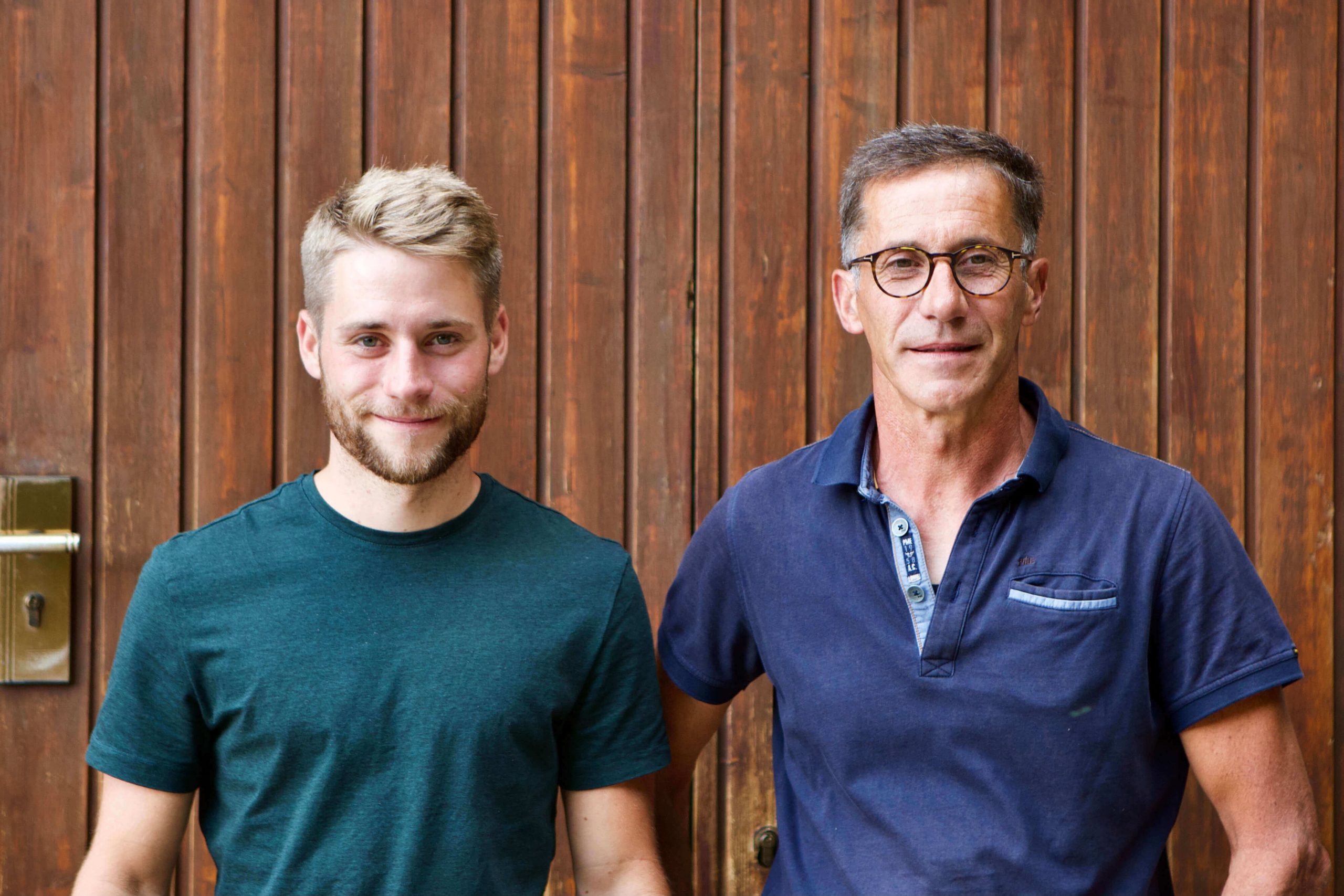
Martin added the Sauvigon Blanc “Stella” to the range in 2021. I was skeptical at first, not because of Martin, but because of my personal ambivalence toward this variety. I shouldn’t have been surprised that Martin’s first go at it is already knocking on the nobles’ door. The best from this grape are considered noble (especially when properly aged), but the rest, even those considered “very good” don’t usually get me fired up. Stella is different. Grown further away from their homebase on Santa Magdalena, the terroir sits on the western end of the valley at 450-480m on a mix of dolomite limestone and porphyry (volcanic) bedrock, both glacial depositions. Because of its east face and close proximity to the western cliffs carved out by glaciers, the sun sets here three hours earlier in the summer than on the Santa Magdalena hillside. The sun also hits the Sauvignon vineyards one hour earlier in the morning. Stella is electric and she brings more joy in the form of a stronger fruit presence and grace to this sometimes solemn, herbaceous variety.
The main focus at Fliederhof is Schiava (Vernatsch) grown on Santa Magdalena, one of the wine world’s most spectacular hillsides. Their 2021 St. Magdalener Classico “Marie” is composed of at least 97% Schiava (mostly because in the past every tenth vine or so in the row was Lagrein, so they’ve kept this tradition while slowly replacing them with Schiava) grown on three different plots composed fully of massale selections from this ancient hill with an average age of around thirty-five years: one lower down on deeper soils with a lot of rocks which brings riper fruit and smooth tannins; another on a very loamy spot with a steep aspect; and the last further up the hill behind their house at around 350m in a windy spot with rockier soil that imparts greater tension. The grapes are mostly destemmed with around 15-20% whole clusters included. Alcoholic fermentation typically ranges between eight to twelve days, and the malolactic fermentation begins naturally shortly thereafter. Due to the variety’s typically reductive nature, the wines are pumped over during fermentation to minimize this (instead of numerous rackings during aging that can exhaust its freshness, which is very common in the area), and they’re tasted each morning and night to observe their evolution. Martin explained, “If you wait too long to aerate the grape must during fermentation, you may never get the reductive elements out of the wine.” It’s aged in big, old oak casks for nine months prior to bottling and stored for an additional few months prior to release. Generally, this wine is joyful and soft on intensity outside of its aromatic profile that, at Fliederhof, is laced with pleasant red fruits and flowers and a soft but tightly sculpted palate accented with volcanic rock spiciness. We squeezed the Ramosers for more quantity this year but given that they only have a little over three hectares in total production, the increase wasn’t as much as we would have liked.
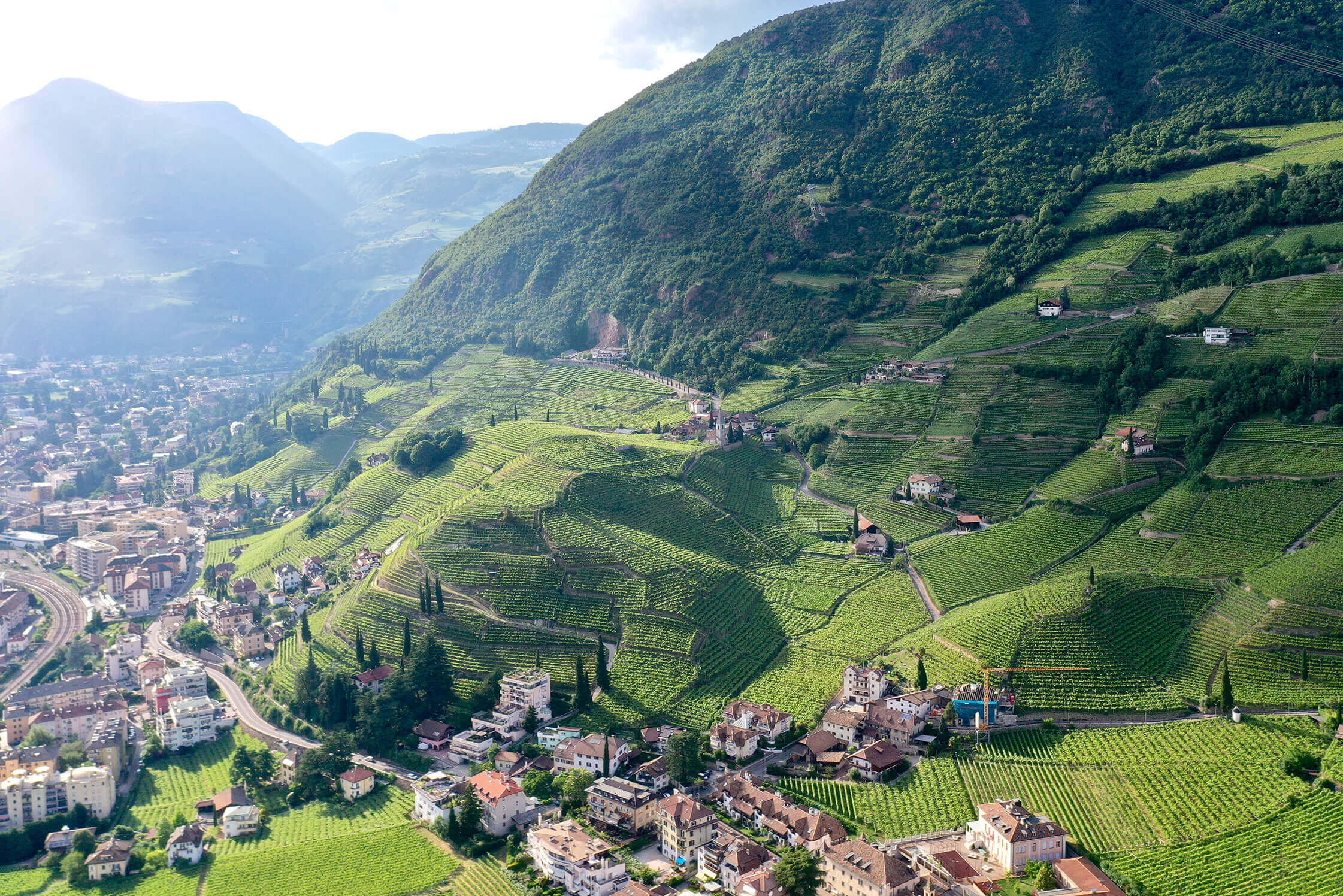
Inspired by Ceparello, a wine made by the famous Tuscan vignaiolo and enologist, Paolo de Marchi, from Isola e Olena (which I’ve been a fan of since my earliest years in the wine business, though I’m a little out of touch these days given that it’s been almost a decade since I’ve tried a newly released vintage), Martin and Stefan crafted the 2020 St. Magdalener Classico “Gran Marie” from a selection of small clusters and berries from the family’s oldest Schiava vines to have a more concentrated wine—not a bad idea given Schiava’s tendency toward lightness and transparency. Vinified the same as the first St. Magdalener in the range (8-12 days with a natural fermentation), it’s aged entirely in a single old 15hl French oak cask for nine months followed by nearly a year of bottle storage prior to release. Gran Marie is named after Maria Ebnicher Ramoser, Martin’s great grandmother, who first brought the family to St. Magdalena. The 2019 and 2020 vintages of this wine are lovely, and if one were to call the first St. Magdalener Classico in the range a “village” wine, this would be their premier cru due to its wonderful balance of body, palate weight and minerally texture. Despite the selection of smaller berries and clusters from oldest vines, it maintains a tight but fleshed-out profile that highlights the elegance of the top wines made from this historic hill.
This next wine I debated putting in our newsletter. My staff has requested that I not include things in such limited supply such as this one because we only have 48 bottles for the entire US market! But I can’t help myself because people need to know that this wine happened, and so therefore it’s going to happen again; it’s one of my favorite wines of the year, bar none, and needs to be recognized. Also, you need to be apprised of its inevitable rise! But really, how epic can Schiava be?? Well… Fliederhof’s 2020 Santa Magdalener “Gaia” is a MEGA-breakthrough Schiava made with 100% whole clusters and almost no extraction during its maceration and fermentation. Our first encounter (for JD, Tyler and myself) was this summer. We were all surprised by its depth, significance and profound pleasure. It topped my charts on both pleasure and seriousness and made my top 15 wines of the trip (likely in the top 5 of the 15, and surely one of my new favorites in the entire portfolio), and it made JD’s top five—tough choices all the way around on that trip with so many good wines! The young Martin Ramoser nailed it with this one, and he’s still got a few more years to go before he even crosses thirty! Don’t worry about missing this one this year. I told him that he needs to ransack more Schiava from the Santa Magdalena wine and dedicate it to this style instead. He’s significantly increased the quantities in 2022, but still with less than 1000 bottles in total. I’m excited about this guy and what he’s doing. His mind is open, all the way, and with the loving support of his family and their daily work together in the vines, this kid’s going to be a regional legend.
Lagrein often renders wines that are menacingly beefy. In contrast, Martin’s agenda with this muscular, rustic and mineral-dense wine that seems to express the fire of the ancient magma that became its bedrock nearly three hundred million years ago, is to shed a little bit of the excessive weight it easily takes on, to keep it lighter on its feet. Gently extracted during its natural fermentation through daily pumpovers for eight to twelve days (always with a watchful eye on its even greater tendency for taking on reductive compounds than the already reductively inclined Schiava), it’s pressed and then aged in 12-25hl old oak casks. Whole bunches are used sparingly (15-20%) in years where the grape skin tannin is gentler (like 2019 and 2021, but not in 2020). Lagrein is easy to ripen, and all too often becomes overripe, and Martin does his best to reel it in on the hotter years, like 2018. His greater preference, like ours, is for cooler years, like 2019, 2020, and 2021. The 2020 Lagrein “Helen” embodies the spirit and rugged feel of the rocky mountain area where it’s grown, and one should think about heart-warming, rustic mountain-style food as the perfect match. No matter what’s done in the cellar, Lagrein will always remain on the dark side with strong wild blackberries and savory but inviting green characteristics. While dark chocolate and red wine is almost always a food and wine pairing misfire, Lagrein is one of the few that pairs quite well. With Martin and Stefan’s soft touch on tannins, the first Lagrein in their range (there is a Riserva as well) benefits from a slight chill.
If you want to learn more about Fliederhof, you will find an exhaustive account on our website at https://thesourceimports.com/producers/fliederhof/ You can also virtually meet Martin and learn more about his wines directly from him at https://thesourceimports.com/videos/
